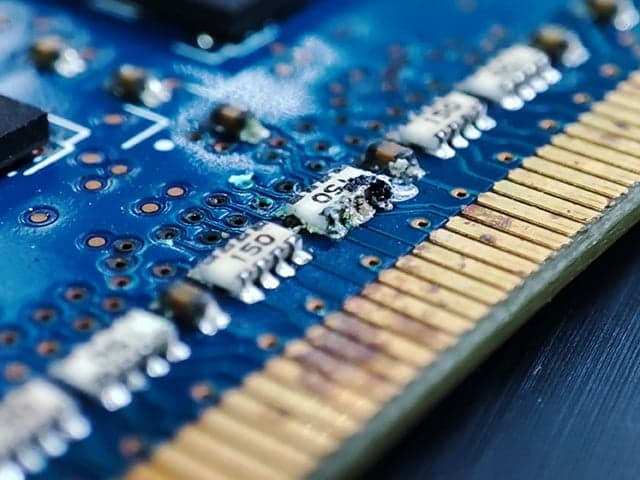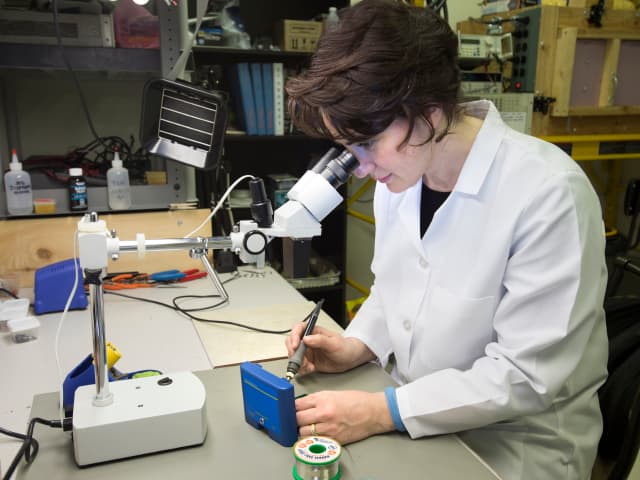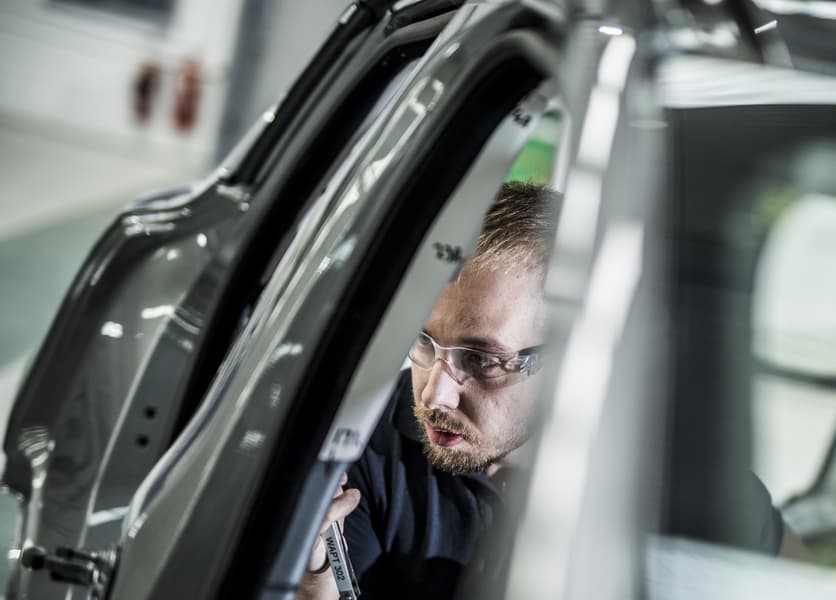From root cause to resolution – Helping Rolls-Royce manage in-service failures through advanced failure analysis
This article explains how Rolls-Royce, in partnership with Element, delivers rapid in-service failure analysis across industries. Using advanced testing techniques including vibration, shock, acoustic simulation, 3D DIC, corrosion, and chemical analysis, they replicate failures, identify root causes, proof test improved designs, and provide tailored solutions to prevent recurrence and enhance product reliability.
Background
In-service occurrences have the potential to cause millions of pounds worth of damage to an organization in terms of not only lost business but also reputation. When an in-service occurrence takes place, it is therefore vital that the reason behind how and why a material or product has failed is established as quickly as possible, and a solution is found and put into place without delay. Failure analysis is not only a critical aspect of product development and system improvement, it is essential to prevent future issues. Finding the root cause, or causes, for such an occurrence, however, is not an easy process and needs to consider not only all the relevant design information and service life to date but also the type of application as well as any environmental factors that have the potential to either cause or contribute to the occurrence.
For global businesses such as Rolls-Royce, establishing the cause of product or material failure is critical not only to solving immediate issues but also to preventing future occurrences. Rolls-Royce has its own dedicated team of expert engineers supporting its core businesses with potential in-service occurrences. Working out of Rolls-Royce’s cutting-edge test facilities in Dahlewitz, Germany, the engineers carry out a wide range of unique materials testing, such as multiaxial fatigue capabilities, component vibration testing, and large-scale spin testing.
Through the Rolls-Royce/Element partnership, the Rolls-Royce team are now bringing this expertise to multiple sectors, from energy and agriculture to automotive, aerospace, and transport, providing access to the same high-quality testing capabilities and service that Rolls-Royce uses every day to test its engines, materials, and components.
The challenge
When critical components fail unexpectedly during operation, organizations face multiple urgent challenges. Engineering teams must quickly determine whether the failure represents an isolated incident or a systemic issue that could affect other systems. Without access to specialized testing capabilities and failure analysis expertise, organizations struggle to accurately reproduce the conditions that led to the failure, often resulting in incomplete analyses or incorrect conclusions. The pressure to restore operations quickly while ensuring safety and reliability creates a difficult balancing act, particularly when dealing with complex systems where multiple factors may contribute to a failure.
The solution
When managing in-service failure, Rolls-Royce engineers - each with specialist expertise - begin by gathering as much information from the customer as possible about the issue, such as blade cracks, pipe ruptures, or unusual component failures. If data is limited, the team conducts pre-analysis using techniques like vibration behaviour studies or modal analysis to replicate the failure mode. In cases where components are still in their mounted condition, they use Experimental Modal Analysis (EMA) to accurately capture real-world behaviour.
Once the system is fully understood, the engineers recreate realistic boundary conditions in a controlled test setup to replicate and observe the issue. The goal is to precisely mirror the failure environment, paving the way to verify the root cause and begin developing a targeted resolution.
Next, the team moves toward proof testing an improved design. As testing progresses, the approach is continuously adapted to address new insights, always aiming for a rapid, tailored solution that prevents recurrence of failure.
Rolls-Royce’s partnership with Element extends access to its world-class facilities and expertise, enabling delivery of a multi-faceted and highly flexible testing approach across industries. The combined team selects from a wide range of methods - including shock testing, acoustic noise simulation, and angular acceleration - to match real-world conditions. Multiple test types can be integrated in a single program, such as applying vibration and static loads together.
Advanced tools like 3D Digital Image Correlation (DIC) are used to study complex structures without invasive instrumentation. Additional failure analysis techniques such as corrosion evaluation, fractography, and chemical or residue analysis ensure every possible failure factor is examined.
The result
Through this expert, multi-faceted process, Rolls-Royce is able to identify root causes, replicate failures in controlled environments, and proof test improved designs. This not only minimizes recurrence of in-service occurrences but accelerates resolution times and enhances future product reliability. Collaborating together, Element and Rolls-Royce deliver tailored, rapid-response engineering solutions to complex failure scenarios.
Why Choose Element

Rapid Root Cause Analysis
Advanced Test Capabilities
Cross-Sector Experience
Real-World Simulation
Related Services

Failure Analysis for Electronic Devices & Components Services
Element's comprehensive failure analysis services help you identify root causes, prevent future failures, and protect your brand reputation.

Battery Failure Analysis
Element's comprehensive cell and battery failure analysis identifies failure modes and the root cause of product failure, providing the insights you need to design superior products.

Automotive Product Testing
Element provides automotive product testing for durability, safety, and regulatory compliance. Our expert services help manufacturers validate vehicle components, streamline testing, and bring products to market with confidence.

